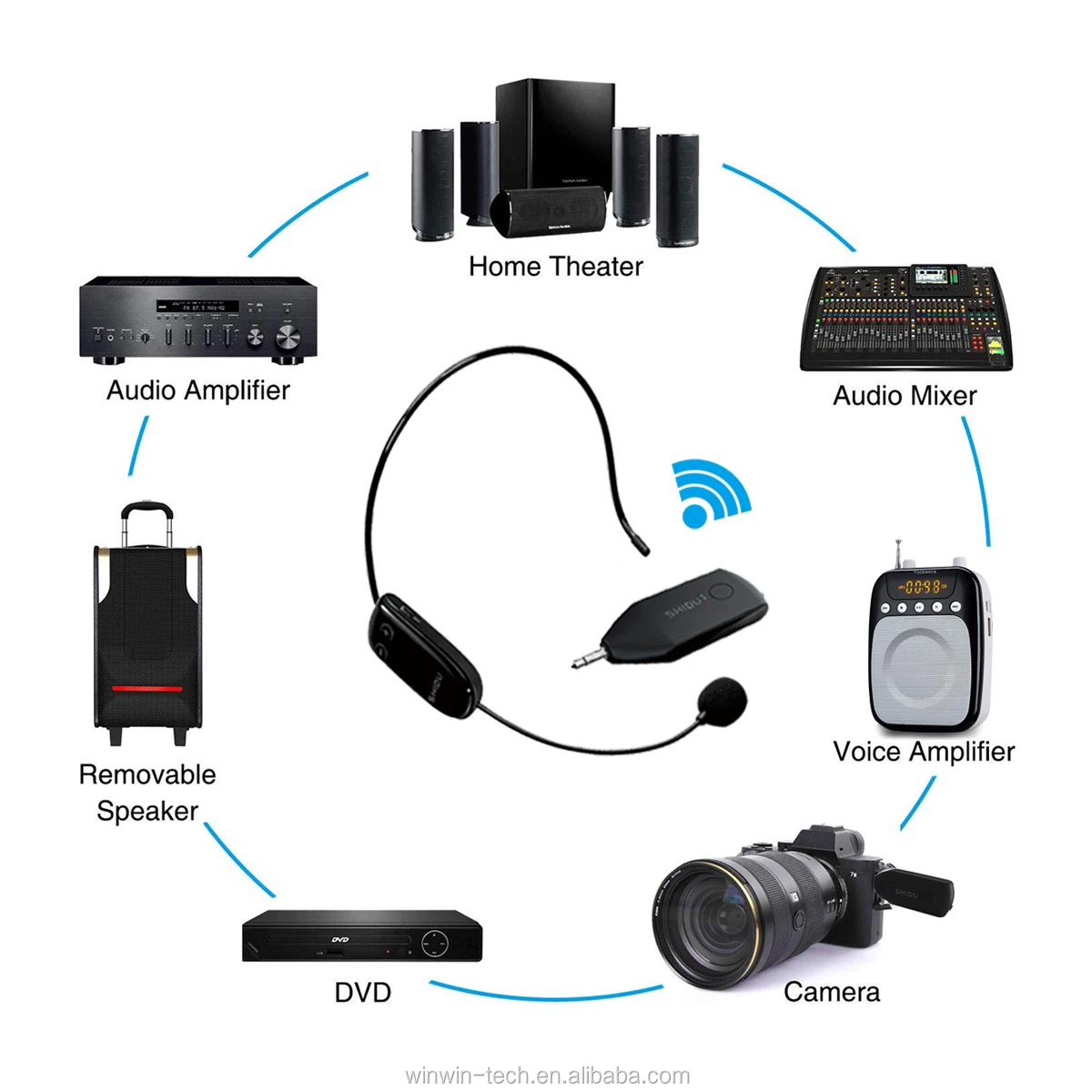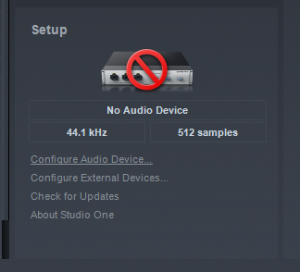

- #Audiodevice value how to
- #Audiodevice value drivers
- #Audiodevice value software
- #Audiodevice value Pc
- #Audiodevice value windows
#Audiodevice value windows
Let's review these methods.ĭisable a Sound Output Device in Registry To Disable a Sound Output Device in Windows 10,

This can be done with Settings, Device Manager, using the classic Control Panel, or with a Registry tweak.
#Audiodevice value Pc
If you have connected several audio devices to your PC or laptop, such as microphones, a web camera with a built-in microphone, a Bluetooth headset, you might want to disable one or a few of them. The default sound input device is the device that the operating system uses to record or hear sounds.
#Audiodevice value how to
How to enable the old Volume control in Windows 10 Tip: It is still possible to restore the good old "classic" sound volume control. If you are affected by this issue, see the following post:įix: Volume Icon is Missing in Windows 10 Taskbar
#Audiodevice value drivers
Even when you have all the drivers installed, the icon might remain inaccessible. Note: In a number of situations, the Volume icon can be hidden in the taskbar. Once you click the sound icon in the system tray, the new volume indicator will appear on the screen. This includes the Date/Time pane, the Action Center, the Network pane and even the volume control. All of the applets which open from the system tray are different now. All other trademarks are property of their respective owners.Advertisement Windows 10 introduced a new style of items and their panes/flyouts which open from the notification area. Qt and respective logos are trademarks of The Qt Company Ltd.
#Audiodevice value software
The documentation provided herein is licensed under the terms of the GNU Free Documentation License version 1.3 as published by the Free Software Foundation. Returns true if this QAudioDevice class represents the same audio device as other.ĭocumentation contributions included herein are the copyrights of Returns true if this QAudioDevice class represents a different audio device than other bool QAudioDevice:: operator=(const QAudioDevice & other) const bool QAudioDevice:: operator!=(const QAudioDevice & other) const void QAudioDevice:: swap( QAudioDevice & other) Returns a list of supported sample types. QList QAudioDevice:: supportedSampleFormats() const


 0 kommentar(er)
0 kommentar(er)
